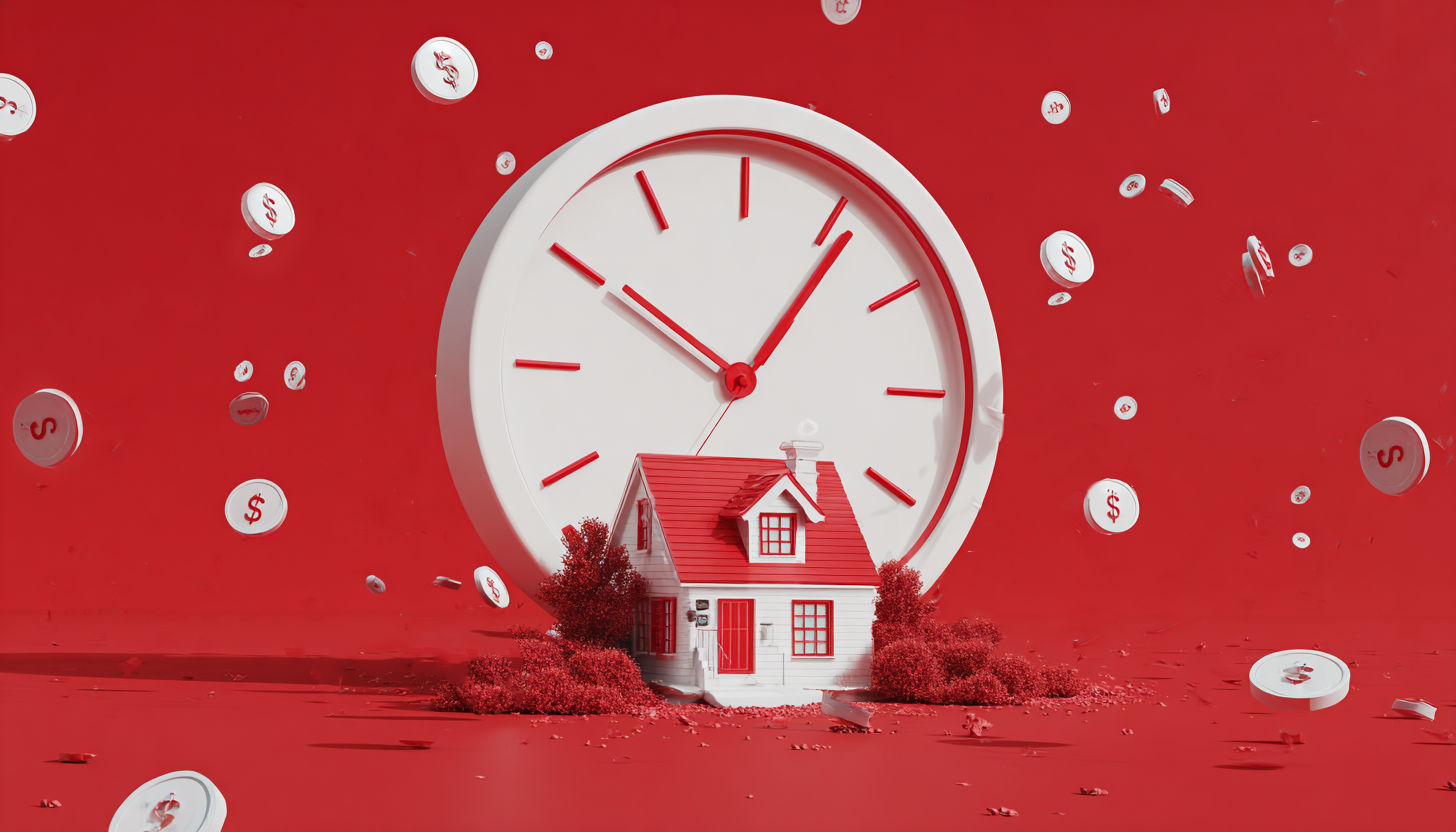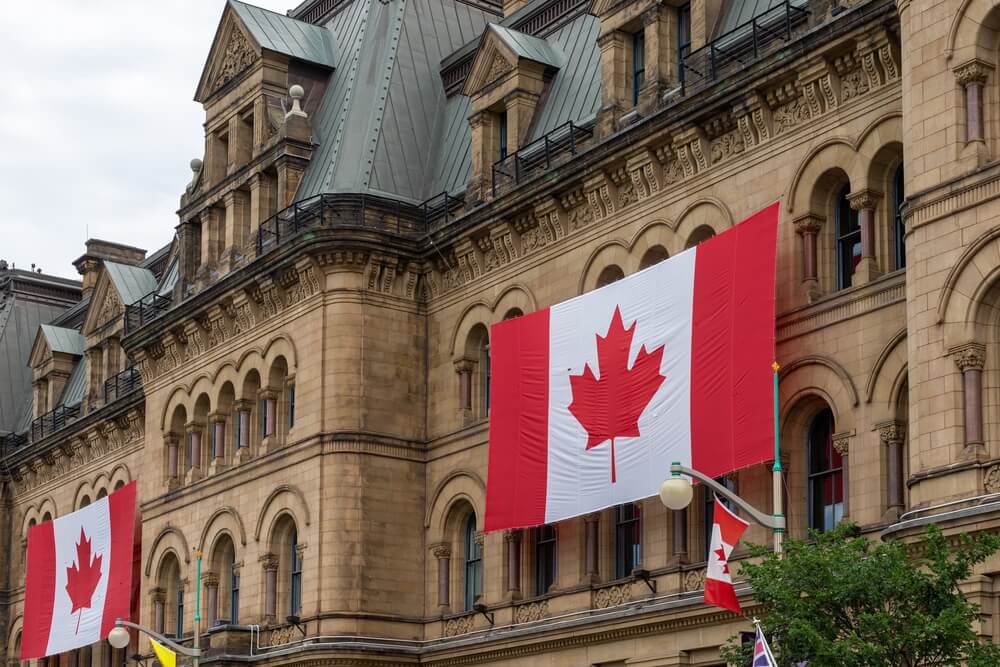
If you are not redirected within 30 seconds, please click here to continue.
Samedi: 10h – 16h HAE

If you are not redirected within 30 seconds, please click here to continue.
If you are not redirected within 30 seconds, please click here to continue.
Pre-qualified, pre-approved, approved: What do these mortgage terms really mean?

Table of Contents
Before getting a mortgage and buying a home in Canada, you’ll likely come across three important terms: pre-qualified, pre-approved, and approved. While they may sound similar, each represents a different stage in the mortgage process.
Pre-qualified refers to whether your debt and income allow you to pass the mortgage stress test; it also gives you a baseline understanding of your home budget. Pre-approved means a lender has reviewed your financials and agreed to lend you a specific amount, giving you credibility as a buyer. Finally, approved is the point where your lender has assessed both your finances and the property itself, officially allowing you to move forward and close the deal.
Here’s a breakdown of what each term means, how the processes differ and why they matter.
What does pre-qualified mean?
In order to get pre-qualified, you have to find out if you’re able to afford a home and if you’re the type of borrower a lender is likely to approve. This process should only take a few minutes.
Your lender will look at your income and debt and provide you with an estimate of the most you can borrow. Lenders will look at two ratios: the gross debt service (GDS) and total debt service (TDS) ratios.
- GDS Ratio: Should be less than 39% of your gross income. This includes your mortgage payments, property taxes, heating costs, and 50% of condo fees (if applicable).
- TDS Ratio: Should be less than 44% of your gross income. This includes the GDS amount plus any monthly debt payments (e.g., car loans, credit card payments).
If you’re applying for a mortgage with a federally regulated lender, you’ll also need to pass what’s called a stress test if you get a mortgage from most lenders. The test is intended to show you can afford your mortgage payments if rates rise.
The qualifying interest rate is either 5.25% or the interest rate you get with your lender plus two percentage points (whichever is higher). Note that private lenders or credit unions may have different requirements.
Learn more: Looking for a new home? Why you need to pre-qualify first
Why get pre-qualified?
The benefit of getting pre-qualified is you can get an idea of how much you can afford without actually going through the process of a mortgage pre-approval. However, being pre-qualified doesn’t mean you’re approved so you can’t go shopping for a home just yet.
Assuming you and your partner have a combined annual income of $135,000 and want to buy a $650,000 home with a 10% down payment, along with monthly expenses totaling $850 for property taxes, heating costs, and debt payments, and a 4% mortgage rate, you should qualify for a $603,135 mortgage (which includes a mortgage loan insurance premium of $18,135)
What does pre-approved mean?
Being pre-approved means a financial institution has reviewed your application and agreed to lend you the funds at a specified interest rate.
To get pre-approved, you need to apply for a mortgage. This involves a credit check and providing your lender with several documents. These include:
- Identification
- Proof of employment (such as a letter from your employer, notices of assessment from the Canada Revenue Agency, and recent pay stubs)
- Financial statements showing you have the funds for a down payment and closing costs
- Information about other assets and debts
If you’re purchasing with a partner or spouse, both of you will need to provide the documents requested by the lender.
The lender should also discuss the different types of mortgages (variable or fixed), payment options (monthly, weekly, biweekly), the mortgage term, and the amortization period. You may also be obligated to pay down certain debts and close credit accounts before you’re approved.
Unlike a pre-qualification, the process to get pre-approved isn’t quick—it may take a few days.
Related: Does the type of debt you have matter when applying for a mortgage?
What happens after you’re pre-approved?
Once pre-approved, the lender will typically provide you with a pre-approval specifying your maximum mortgage amount, payment amount, and lock in the interest rate (usually valid for 60 and 130 days). However, this amount is not guaranteed—you still need to meet all of the lender’s terms and conditions before final approval.
It’s important to note that pre-approval is not a guarantee of final approval, but it will give you the ability to formally shop for a home. It also makes you a more attractive client to realtors, who are more likely to work with buyers who have been pre-approved.
What does approved mean?
Being approved means your lender has officially agreed to give you a mortgage. This happens after you’ve made an offer on a home and the lender has reviewed all the necessary documents, including the property details.
At this stage, the lender will:
- Verify your income, employment, and credit again
- Review the property’s appraisal to make sure it’s worth the purchase price
- Confirm you still meet all the conditions of the pre-approval
If everything checks out, the lender will issue a final mortgage commitment. Once you’re approved, you can move forward with closing the deal and taking possession of your new home.
Read more: How much more money do you need to make to buy a home in Canada?
What are the key differences between pre-qualified, pre-approved and approved?
Getting pre-qualified will give you a rough idea of what you can afford. You just provide a few numbers to get an answer. It’s not a formal process and the lender doesn’t check your credit.
On the other hand, getting pre-approved means the lender will verify all your documentation, check your credit, and provide you with the maximum amount you can afford. Because a credit check is involved, your credit score may be affected if you apply with multiple lenders in a short period of time.
A pre-approval is typically valid for a set period—usually between 60 and 130 days. It’s a conditional commitment from the lender, assuming you meet all the required terms.
Finally, being approved means the lender has reviewed your full application, verified your financial information, and assessed the property you’re buying. Once all conditions are met, the lender issues a final mortgage commitment, and you’re ready to close on your home.
Related: How much does your credit score affect your mortgage rate?
Why pre-approval might be more beneficial
When you're house hunting, getting pre-approved for a mortgage can give you a serious edge. It means a lender has already reviewed your finances and confirmed how much you can borrow. That kind of reassurance makes your offer more appealing to sellers, especially when compared to buyers who haven’t taken that step.
While pre-approval isn’t required, it can make a big difference, particularly in a competitive market. Sellers are more likely to accept offers that don’t come with a financing condition, which is often seen as a potential risk. With pre-approval in hand, you can make a firm offer and move faster, since much of the paperwork is already out of the way.
Of course, not every buyer needs a mortgage. Cash buyers skip the financing process entirely, which often puts them in the strongest position. Their offers tend to be cleaner and quicker, which many sellers prefer.
Still, even if you’re not paying cash, being pre-approved shows you’re serious and ready to act. And in a fast-moving market, that can help your offer rise to the top.
Related: The final mortgage payment: What you need to know
Tips for getting pre-approved
If you want to be pre-approved, here are a few steps you can take to improve your chances:
- Check and improve your credit score–You should check your score regularly and monitor your report for any mistakes. Most lenders require a minimum score of 680, but a score above 740 can help you qualify for better rates and terms. To boost your score, pay bills on time, keep old accounts open, avoid frequent credit applications, and maintain a mix of credit types.
- Compile your documents–Try to gather all the necessary information your lender will require as early as possible. A letter of employment may take some time to obtain, so it’s best to request that first. Other common documents include recent pay stubs, T4 slips, Notices of Assessment from the CRA, bank statements showing your down payment, government-issued ID, proof of assets like RRSPs or TFSAs, and details of any outstanding debts. If you’ve already chosen a property, you may also need the MLS listing, purchase agreement, and property tax estimates.
- Don’t make any large financial decisions–Avoid making large purchases, changing jobs, or applying for credit. These decisions can impact your credit score or otherwise affect your ability to be pre-approved.
- Shop around for rates–Compare mortgage rates at different financial institutions to find out who will offer the best rate. You can also get a mortgage broker to do the work for you.
Understanding where you stand—whether pre-qualified, pre-approved, or approved—is essential to navigating the homebuying process with confidence. Pre-approval, especially, gives you a competitive edge and signals to sellers that you're ready to move.
Read next: Buying a home? Here’s how to put in a strong offer
Ready to find a mortgage for your dream home?
See and compare the best mortgage rates in Canada.
Get money-saving tips in your inbox.
Stay on top of personal finance tips from our money experts!








